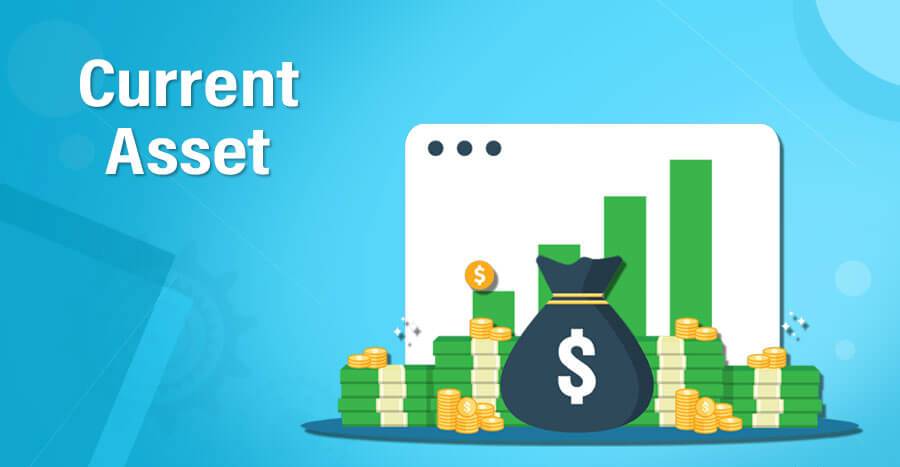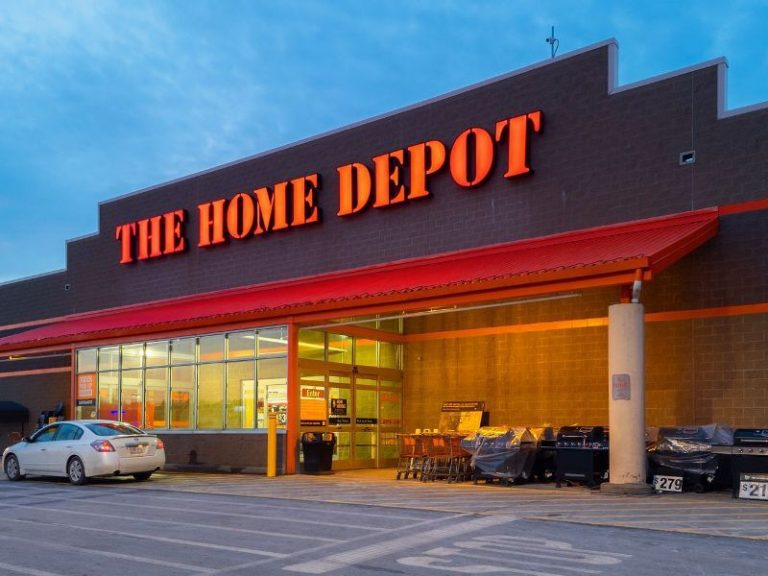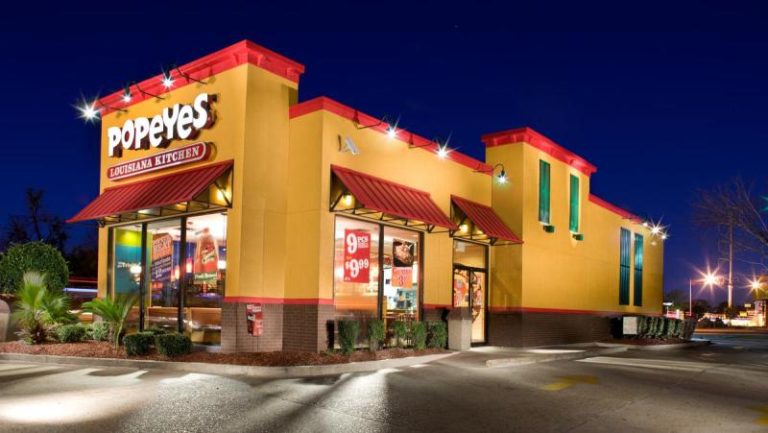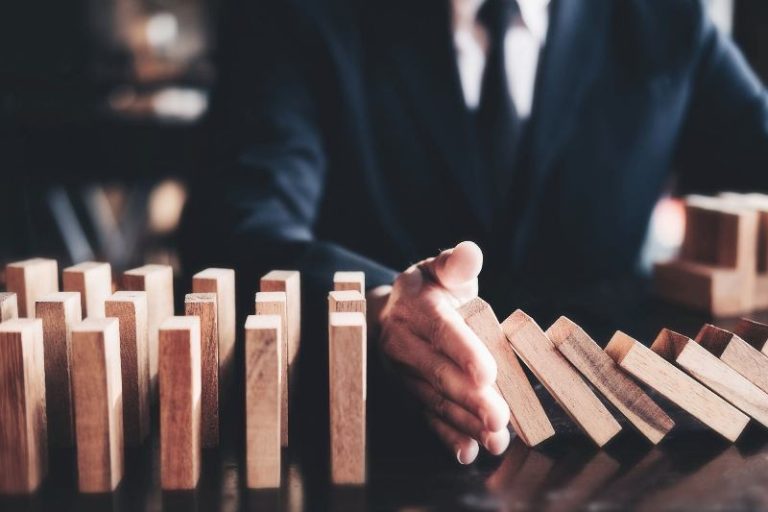How non-current and current assets of the enterprise affect the cost

What is the difference between non-current and current assets? Any accountant can give the answer to this question from the height of his professionalism, but we will try to look at the question through the eyes of a common man in the street.
To work even in the smallest production, you need to know what constitutes profit and what constitutes costs, especially if you are a financially responsible person.
Be that as it may, understanding assets is useful for anyone, not necessarily an accountant and not necessarily a production employee.
Fixed assets
Non-current assets of an enterprise are fixed assets – everything that is not directly involved in the production process, but without which its course is impossible. For example, a building that houses many production halls. Hands do not grow out of the walls, which begin to help the workers, but if there were no building, there would be no production either!
It happens, of course, that any material is produced in the open air, but this is more the exception than the rule. In all other cases, real estate is the basis of production, its foundation.
Buildings and structures are not an active part of non-current assets. Simply put, they are fairly stable, little subject to reorganization. The maximum that is foreseen for them is planned repair, well, reconstruction, if required by production plans.
Unlike buildings and structures, non-current assets such as machines, units, equipment, technical accessories and engineering devices are an active share of non-current assets. The machinery park of the uphill enterprise is constantly renewed, more and more powerful units are supplied from abroad, and the old ones are, if possible, repaired, reconstructed and modernized.
It’s easier to imagine how these non-current assets take part in the production process, but nevertheless, they remain in their original form, without sacrificing their cogs and dowels for the sake of the final result. However, both buildings and units are subject to physical wear and tear. It is this – the strength – they put into the product.
Non-current assets are constantly subject to revaluation, since due to wear and tear their value decreases, and the cost of production, respectively, increases (everything goes from somewhere and goes somewhere: “the law of conservation of value”).
This phenomenon is called depreciation of fixed assets and, as you probably already guessed, it can only refer to non-current assets.
So, again, what concerns non-current assets:
- Buildings, structures, production facilities, workshops, warehouses, etc.
- Machines, aggregates, power plants, machine tools, transport, equipment park as a whole;
- Also, long-term capital investments to non-working assets , which are reflected in the enterprise’s credit account;
- This also includes unfinished buildings and structures;
- Animals and perennial plantings;
- As well as other (intangible) assets that are of intellectual value.
To put it simply, this is knowledge and skills, and in business language, this can include various patents and know-how (novelties in equipment and technologies, for the implementation and sale of which the company has an exclusive right).
This is all that serves a person for several years, up to the “write-off”.
Since non-current assets “live” a long life, it is difficult to call them liquid. In other words , the turnover of fixed assets, that is, converting them, if necessary, into money, leaves much to be desired.
If there are no such problems: the machinery park has been renewed, the newly rebuilt buildings sparkle with the splendor of novelty, and nothing is “lying around” in the warehouses, then, most likely, the enterprise works according to standards close to European ones, and in its interests, so that the liquidity of all its assets was high. Then the reporting can be kept in foreign currency: depending on which country the company has most established relations with, it can be a euro or a dollar. All that is needed for this is to monitor exchange rates and place the greatest emphasis on the liquidity of non-current assets.
Current assets
Their name speaks for itself: they completely “turn around” in one (maximum, two) production cycle.
The simplest example of circulating assets is all the materials that go to the assembly line: their life is short. Production, delivery, (storage), processing. Current assets are not involved in any other production cycle. Unless it will be used for fertilization or some other process not related to production.
The volume of circulating assets on the balance sheet of the enterprise is, presumably, impressive. In order for the conveyors to work without stopping, and the work process is not interrupted, there is always a stock of materials in the warehouses. However, there are also such circulating assets that serve the production process for at least a year.
What are current assets:
- materials – the main current asset;
- of course, cash is the most liquid commodity;
- funds in accounts receivable (what third-party enterprises and organizations owe this);
- goods already produced and stored in warehouses;
- goods already produced and delivered to the customer, but not yet paid for (when he pays for them, it will be cash);
- Services already provided but not yet paid for.
Non-current assets are shown in the 1st section of the balance sheet, and current assets in the 2nd section of the balance sheet, together they make up the Balance asset.
Current assets are also represented in a variety of accounting accounts. This is a very structured system, which is convenient for tracking the movement of tangible and intangible assets.




